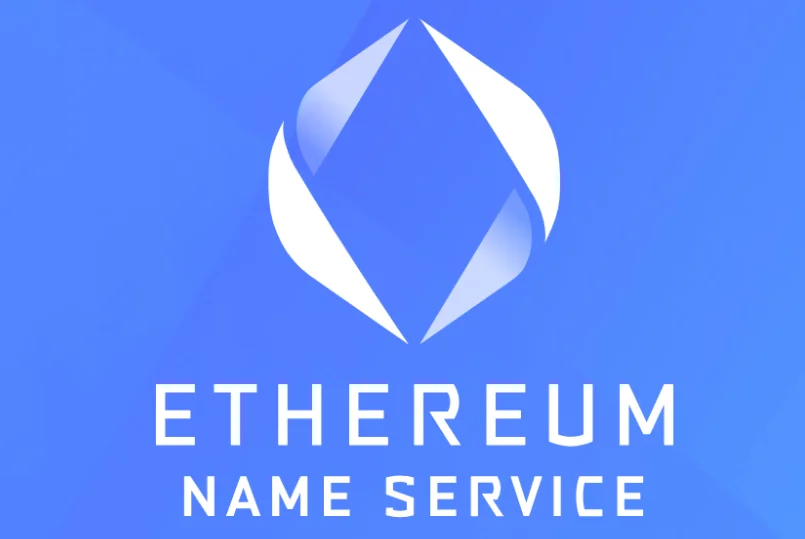Ethereum Name Service (ENS) plans migration to a layer-2 network to help reduce gas fees and accelerate transaction speed on the network.

ENSv2 proposes a separation from the Ethereum mainnet to enhance functionality and scalability.
On May 28, ENS Labs, the entity responsible for developing the open-source blockchain naming protocol, formally introduced ENSv2. The primary objective of the update is to enhance the fundamental functionality of ENS by implementing a layer-2 network and introducing novel attributes.
Lead developer and proprietor of ENS Labs, Nick Johnson, stated that ENSv2 introduces a novel registry system for administration.eth domain names. Johnson elaborated:
“ENSv2 will introduce a hierarchical registry system to .eth name management. Nameholders will have access to a unique name registry, where they will be able to manage subdomains and configure resolvers.”
Moreover, Johnson stated that name holders will have the ability to modify the governance of their names. This includes determining the transfer and expiration regulations.
In addition, the proposal’s objective is to migrate the protocol from the Ethereum mainnet to a layer-2 network. The aim is to increase the transaction speed, decrease gas costs, and improve the scalability of ENS. According to ENS Labs, this method is advantageous for consumers and developers.
In response to a question regarding potential drawbacks for the community in the absence of a protocol migration, the ENS team stated that users would not have access to quicker speeds and reduced gas consumption to renew and manage domain names.
Additionally, the ENS team stated that layer-2 fees are frequently one hundred percent less expensive than those of the Ethereum mainnet. Eskender Abebe, the director of product and strategy at ENS Labs, remarked that the modifications will improve the user experience overall. Abebe stated,
“The release of EIP4844 has made layer-2 networks based on Ethereum vastly more affordable and scalable, which was a big driving factor for ENS’s proposal.”
Additionally, the executive stated that ENS is trying to maintain pace with the developments in the Web3 industry. Abebe continued, “ENS continues to evolve with Web3, and we are committed to delivering a product with the highest quality user experience possible.”
In addition to these factors, the ENS team informed Cointelegraph that network congestion is the primary obstacle to remaining on the mainnet. The group described how this affects user transactions.
Finally, they believe that.eth names ought to be readily obtainable by users worldwide, and they contend that delivering an ideal experience on the Ethereum mainnet may be “impracticable” given the present state of affairs.
